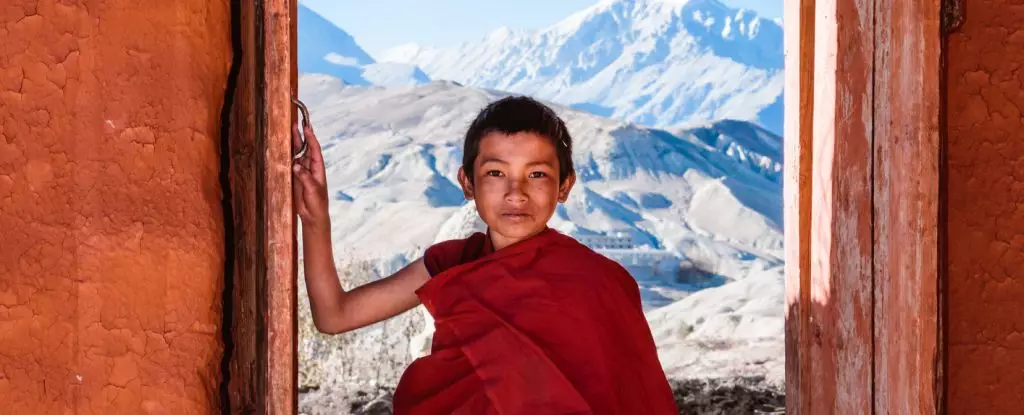Humans are a remarkably adaptable species, continuously evolving in response to diverse environmental challenges. In every aspect of our physiology, we can see traces of our historical responses to the pressures of survival—evidence encoded in our biology. Among these pressures, the struggle against hypoxia in high-altitude environments stands out, exemplified by the adaptation of communities residing on the Tibetan Plateau. Here, humans have thrived for over 10 millennia despite conditions that would subject most of us to severe health risks, including altitude sickness.
The Altitude Challenge: Understanding Hypoxia
The threat of altitude sickness arises from a significant reduction in atmospheric pressure, leading to decreased oxygen availability. In mountainous regions, such as the Tibetan Plateau, this condition often results in hypoxia—an insufficient supply of oxygen to the body’s tissues. In contrast, indigenous populations in these high-altitude areas have developed specific adaptations that allow them to thrive, highlighting an extraordinary aspect of human resilience. Notably, anthropologist Cynthia Beall has dedicated her research to understanding these adaptations, offering profound insights into how humans cope in extreme environments.
Recent studies led by Beall reveal intricate details about the physiological traits that bolster the capabilities of these high-altitude populations. The research focused on reproductive success as an essential marker for evolutionary fitness, examining the lives of 417 women residing in Nepal above altitudes of approximately 3,500 meters. The findings uncovered a fascinating dynamic: women who had higher rates of live births possessed hemoglobin levels that did not necessarily conform to extremes. Interestingly, their hemoglobin saturation—the pivotal factor in oxygen delivery—was notably higher than average, suggesting that effective oxygen transport can occur without the detrimental effects associated with increased blood viscosity.
The Blood’s Role: Oxygen Transport Traits
Hemoglobin, the protein in red blood cells that facilitates oxygen delivery, plays a critical role in these adaptations. Beall’s study uncovered a significant correlation between reproductive success and intermediate hemoglobin levels. This discovery challenges previous beliefs that higher levels of hemoglobin were universally advantageous. By maintaining an optimal balance, these women have developed a “sweet spot,” enabling them to transport oxygen efficiently without overburdening their cardiovascular systems. Furthermore, the research indicated that those with heightened blood flow to the lungs and expanded left ventricles in the heart enjoyed better oxygen transport capabilities, a physiological upgrade essential for survival under low oxygen conditions.
While biology certainly plays a fundamental role in these adaptations, cultural factors cannot be overlooked. The age at which women begin to reproduce and the duration of their marriages were significant influencers of reproductive success in the studied population. Cultural practices that promote longer reproductive spans inadvertently contribute to genetic propagation and the sustained survival of advantageous traits. This interplay between culture and biology strengthens the argument that human adaptability is not solely rooted in physical characteristics but is also shaped by social structures and behaviors.
The investigation into these Tibetan communities illustrates an ongoing narrative of human adaptation—a living testament to nature’s relentless drive for survival. Beall’s research exemplifies how certain populations evolve specific traits in response to environmental challenges, embodying the principle of natural selection. As genetic studies continue to uncover the complexities of these adaptations, it becomes evident that human evolution is not a relic of the past but a dynamic process that is very much alive today.
As we explore the multifaceted adaptations of humanity, particularly in the context of surviving in extreme environments, we are reminded of the remarkable resilience inherent in our species. The Tibetan Plateau residents epitomize the struggle and triumph of human existence; facing adversity has driven evolution forward. Understanding these adaptations illuminates the broader narrative: humans, through both biological and cultural lenses, are a work in progress—forever learning, surviving, and thriving in an ever-changing world. By studying these adaptations, we not only gain insight into our past but also equip ourselves with knowledge crucial for facing future challenges.


Leave a Reply